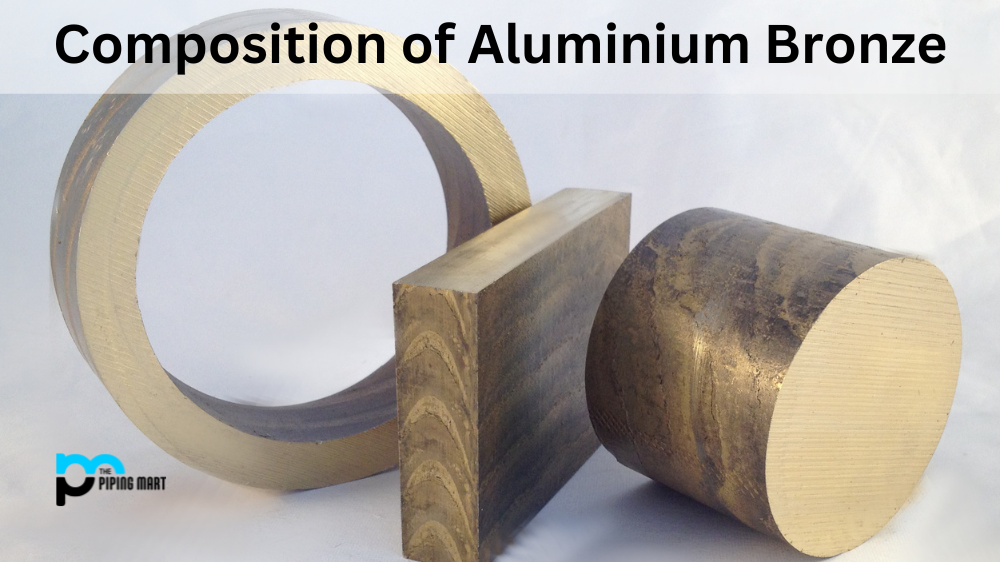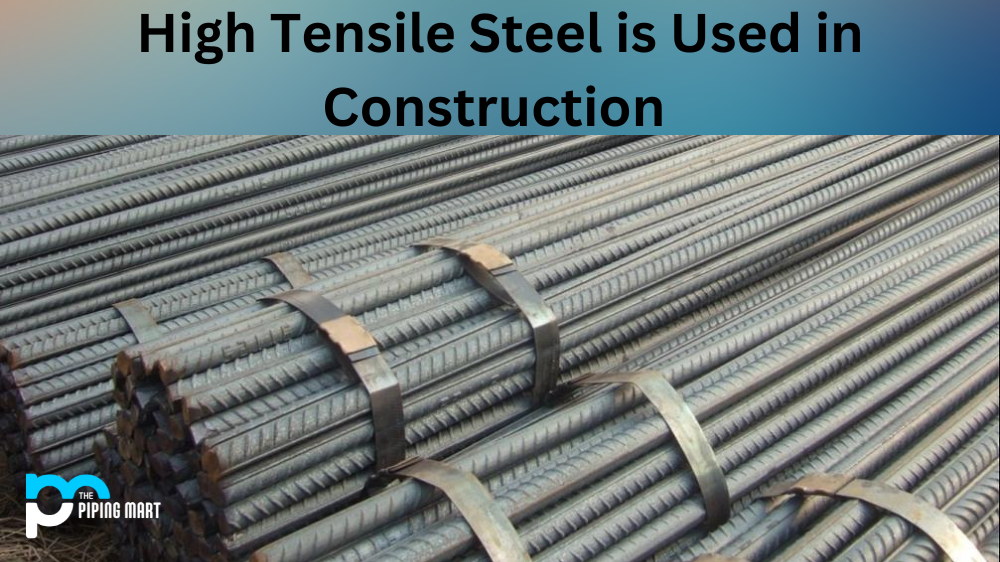There is no doubt that metals play an important role in our daily lives. From the production of automobiles to the manufacture of heavy machinery, metals serve as the backbone of modern society. Among the various metals available, molybdenum and tungsten are the most popular. But when assessing their value, which one is more expensive? Let’s explore the battle of the metals: molybdenum vs tungsten price.
What is Molybdenum?
Molybdenum is a chemical element with the symbol Mo and atomic number 42. The name is from the Neo-Latin molybdenum, from Ancient Greek Μόλυβδος molybdous, meaning lead, since its ores were confused with lead ores. Molybdenum minerals have been known throughout history, but the element was discovered (in the sense of differentiating it as a new entity) in 1778 by Carl Wilhelm Scheele.
What is Tungsten?
Tungsten, or wolfram, is a chemical element with the symbol W and atomic number 74. Tungsten comes from the former Swedish name for the tungstate mineral scheelite, or “heavy stone”. Tungsten is a rare metal found naturally on Earth, almost exclusively in chemical compounds. It was identified as a new element in 1781 and first isolated as a metal in 1783. Its important ores include wolframite and scheelite.
Difference Between Molybdenum and Tungsten
Price
Molybdenum is less expensive than tungsten. The price of molybdenum concentrate has recently ranged from about $5 to $25 per pound. The price of tungsten concentrate has ranged from about $130 to $270 per metric ton unit (MTU) in recent years.
Molybdenum Uses
Molybdenum is used in steel alloys, particularly high-strength alloys, and as an alloying agent in cast iron and stainless steel. It is also used in oil refining as a catalyst and in agricultural chemicals as a plant nutrient.
Tungsten Uses
Tungsten is used extensively as an alloying agent in steels and superalloys to increase strength while maintaining good ductility at high temperatures; it finds particular applications where high-temperature stability or resistance to creep are required properties.
Conclusion
In conclusion, while molybdenum and tungsten have excellent properties that make them highly valued metals, tungsten takes the lead in price due to its high demand, lower availability, and the complexity of its production process. Nevertheless, molybdenum remains an invaluable metal with diverse applications, and its price remains reasonable. Both metals are critical to several industries and will remain essential for many years.

Meet Bhavesh, a seasoned blogger with a wealth of knowledge and experience. From metal products manufacturing to retail, Bhavesh has a diverse background in various industries and is dedicated to sharing his insights and expertise with readers.




